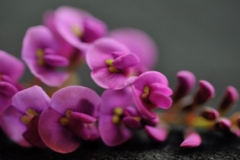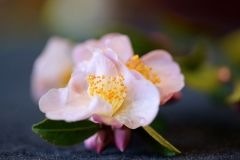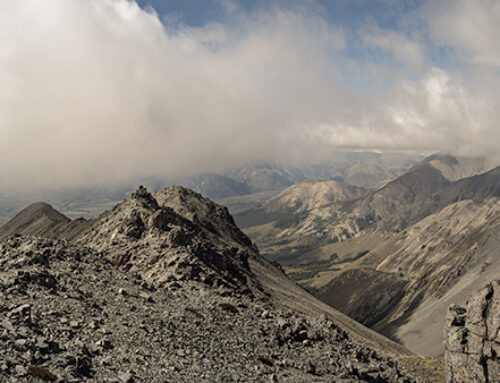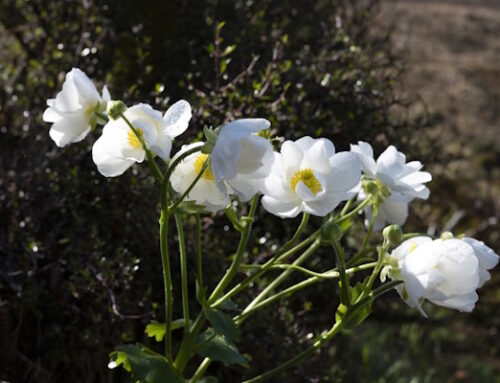NPSNZ Macro Photography Workshop 10 August 2019
Report by: Barry / Tutors: Jane, Nadine, Les, Stacey and Diana.
Venue: Judy and Eric’s home.
Sixteen members including our hosts and five tutors attended the 2 hour workshop. Weather was wet and cold meaning we could not use the garden or deck however under Plan B we had a successful morning inside using cut flowers, skeletal leaves, other props , a lightbox and Les bought a collection of bugs plus his photographic gear to demonstrate his methods.
Many thanks to Judy and Eric for hosting the event and opening their home to members. Very much appreciated.
A general thrust of the workshop program is to provide the opportunity for members to enhance their photo taking skills, have fun, help fellow members and achieve a higher level of satisfaction from their photography
This was the first of three for 2019. The aims were several fold, namely:
“Be a hands on exercise where the focus would be on camera settings, discussion about the basic gear needed and the techniques for making better images without resorting to Photoshop wizardry. The workshop is for members having differing levels of experience as participants and advisors.
For the purpose of the exercise, flowers and insects in an outdoor setting would be the focus unless anyone wished to experiment on another material. Issues would be natural light and possibly fill flash and how to manage these to best effect, focusing on depth of field, gardening, basic gear needed to take high quality images materially free of defects and are within the capability of the camera currently being used e.g. without inbuilt focus stacking etc..
The aim was for our tutors to provide feedback and discuss / demonstrate best practice etc. for the purposes of making better images or maybe a different style of images and at the same time be part of the group making macro images. At the conclusion of the 2 hour session, members selected which of the written handouts they wanted a copy of.
Stacey demonstrated her macro approach using a laptop connected to the camera. This tethering method has a number of benefits including having a much larger live view screen to view composition and focus, control of some camera parameters and being able to step away from the camera / tripod to lessen camera shake etc…
Les demonstrated his approach for bug photography. Both for objects on the ground where the camera was operated by remote control using a radio device in lieu of in built Wi-Fi and controlled by software installed in an Android tablet device .He showed how 3:1 magnification was achieved. Lighting is key for macro and Les went over the different circumstance where a ring flash is preferable v a low power LED attached to a portable power bank v variable power twin flash attached to a camera rig.
At the same time we had a hive of activity in the dining room and lounge using natural light and a lightbox to make close up images of flowers, skeletal remains of leaves etc. etc. using camera settings, different angles and so on. Four or five of us spent time with Diana who started with basic camera settings, then concentrated mainly on focal distance using branches from the garden. Jane and Nadine, guided several people to discover the world of macro by focussing as close to the subject as possible, and using different apertures to make natural history images or more creative selective focus images.
Image courtesy of Peter Hockley.






